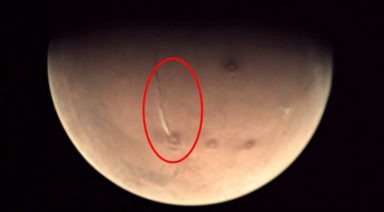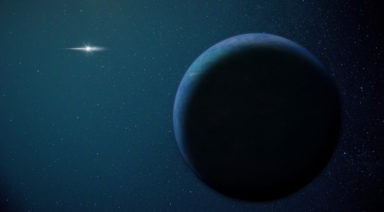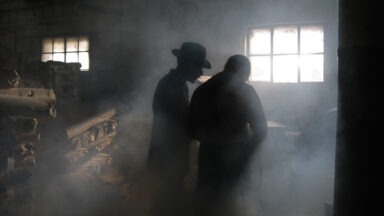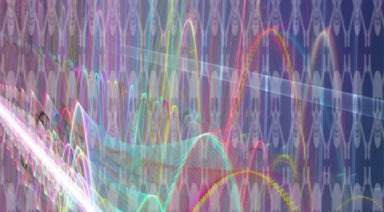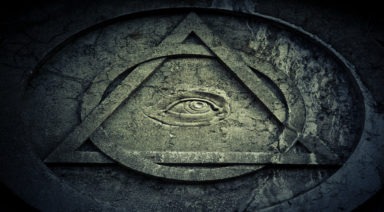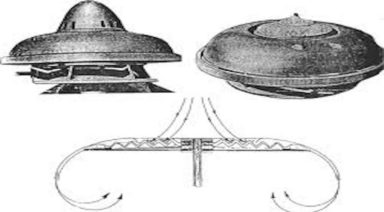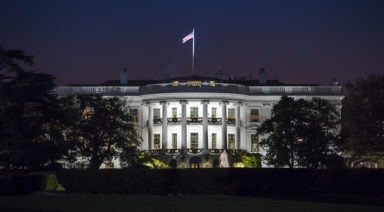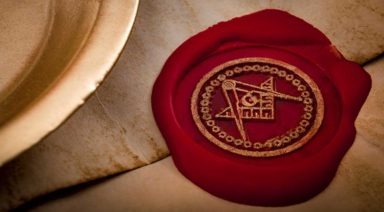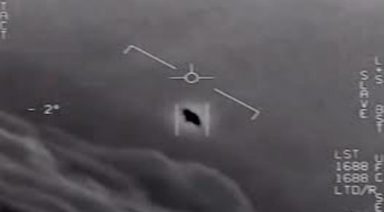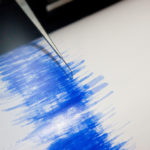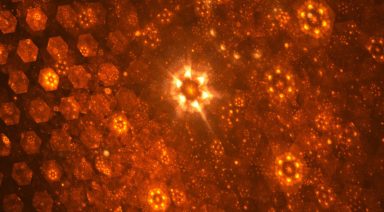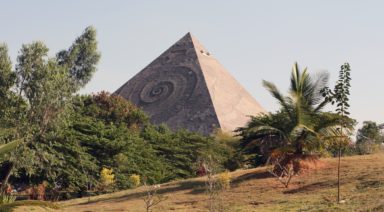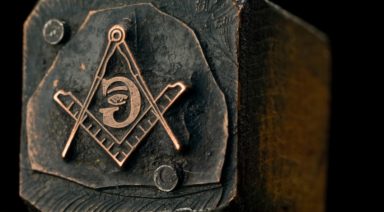NASA Developing Robotic Bees to Collect Samples, Map Mars Surface
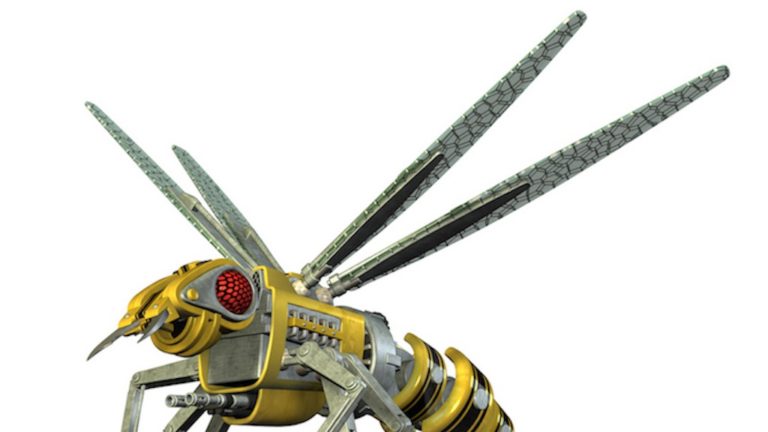
NASA’s Mars rovers have gathered a lot of exciting data and photographs, but they’re moving at a snail’s pace. So how will it expedite that process? Robotic bees.
The space agency is developing bee-sized robots to map the surface of Mars and collect samples from the planet’s atmosphere. Scientists hope these insectoids will be more mobile and agile than traditional rovers.
The program, called “Marsbees,” is contracting researchers from the U.S. and Japan to build prototypes of winged robots, capable of swarming the red planet and collecting data, before returning to a rover to recharge.
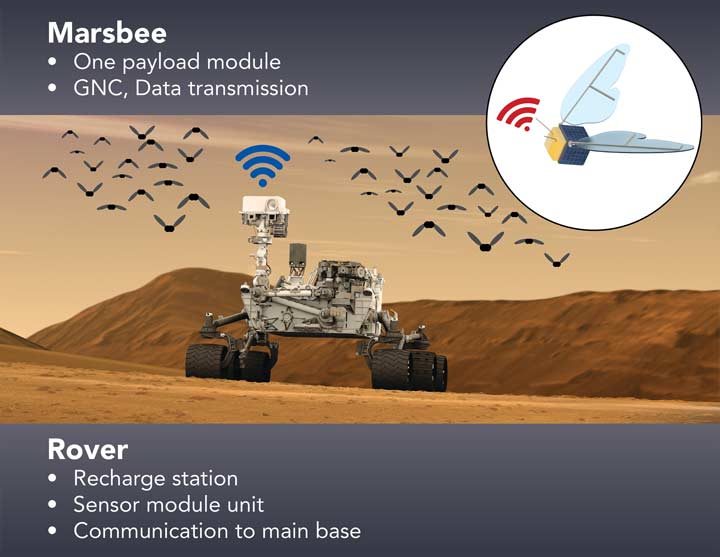
Image courtesy uah.edu
One of the biggest obstacles engineers face is designing a robot that can fly in Mars’ unique climate. The red planet’s atmosphere can be pretty hostile with dust storms, low thermal inertia, and periodic ice ages. These bees will inevitably face some extreme weather conditions.
But there is one factor that may make the mission easier – Mars’ gravitational pull is about a third of Earth’s, which could prove to be more conducive to flight.
NASA’s website envisions the robots as roughly the size of a bee, but with larger, cicada-sized wings. Researchers imagine the bees will be capable of working independently or in teams to collect samples.
The program funding the project is called the NASA Innovative Advanced Concepts Program, or NIAC, which fosters science fiction concepts with the potential for realistic applications.
The aerial bots would primarily search for methane emissions from below the planet’s surface – an indication of subterranean Martian life. NASA’s Curiosity rover previously discovered low levels of the gas, encouraging scientists to explore further.
But the technology for this apian concept doesn’t have a lot of promising precedent. Several years ago, DARPA built a hummingbird-inspired drone, with a multi-million-dollar budget. Researchers engineered it to fly steadily, but the winged machine would likely struggle in the Martian environment.
Engineers working on the Marsbees prototype will test their robots in a vacuum chamber, with conditions to simulate the climate and air density on Mars. The group is receiving just $125,000 over the course of nine months to fund their prototype, before it will be tested for feasibility by NASA. If it passes preliminary tests, it will then be eligible for a second round of funding.
Alleged Volcanic Eruption on Mars Sparks NASA Cover-Up Conspiracy
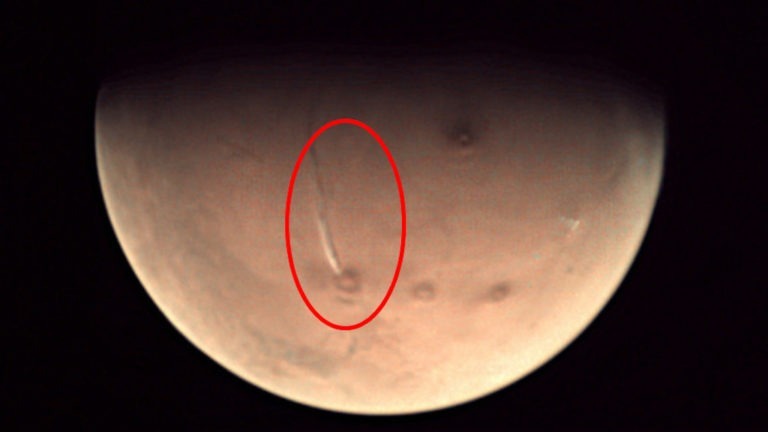
Conspiracy and speculation erupted across the internet yesterday over an alleged volcanic plume stretching roughly 1,200 miles across the Martian atmosphere. The plume appears to originate from the planet’s supposedly dormant Arsia Mons volcano.
Images of the activity were taken on Sept. 24 by the Mars Express orbiter and later published by the European Space Agency.
According to NASA, volcanic activity on the red planet ceased some 50 million years ago after Earth’s Cretaceous-Paleogene event that killed off the dinosaurs, but some believe this latest imaging shows otherwise.
Spurred by conjecture from a popular YouTube conspiracy channel, claims of volcanic activity on Mars reignited theories of government cover-ups and strange happenings within NASA, the FBI and other controversial government agencies.
Many are pointing to last month’s Sunspot National Observatory shutdown, the switch to a limited “safe mode” on the Hubble and Chandra telescopes, and the sudden failure of NASA’s Mars Curiosity Rover as evidence that strange events occurring on the planet may be intentionally obfuscated.
Arsia Mons is located within a tightly situated line of volcanoes on Mars, collectively known as Tharsis Montes, which lie in the shadow of Olympus Mons – the largest volcano in our solar system (more than twice the size of Mt. Everest).
Arsia Mons happens to be the planet’s second largest volcano in terms of volume and is home to a series of caves NASA has studied as the best places to situate research and habitation modules. Could there be something already underway?
“This project developed a revolutionary system to exploit the novel idea of extraterrestrial cave use” stated a project summary published in 2004, further explaining that two “missions” were tested to gather data.
Arsia Mons is known to have an annual whether phenomenon in which sunlight warms the area around the volcano, bringing small amounts of dust into the air. Rising air currents bring this dust and other fine sediment above the volcano’s caldera into a thick, spiraling cloud that is big enough to be seen by a probe orbiting the planet.
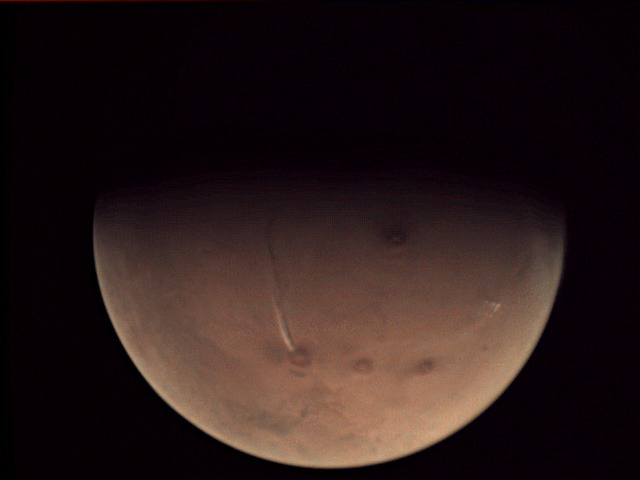
But the latest plume looks nothing like the spiraling cloud recorded from this phenomenon in the past. Instead it appears as more of a streaking trail that’s persisted over the course of weeks.
NASA has attributed the plume to water ice clouds that are gathering over the volcano. The agency says that at certain times of year, the small amounts of water in the atmosphere freeze and condense near areas of high altitude, notably above this volcanic region.
If this is the case, then maybe there’s significantly more water on the red planet than previously believed and we should study the areas it’s sublimating from.
But then again, there’s always some simple explanation from NASA that seems to make everyone’s concerns seem trivial. Is this really just a storm or are they covering up something far greater?
For more on the drips of disclosure coming from NASA’s Mars operations, check out this episode of Deep Space:



